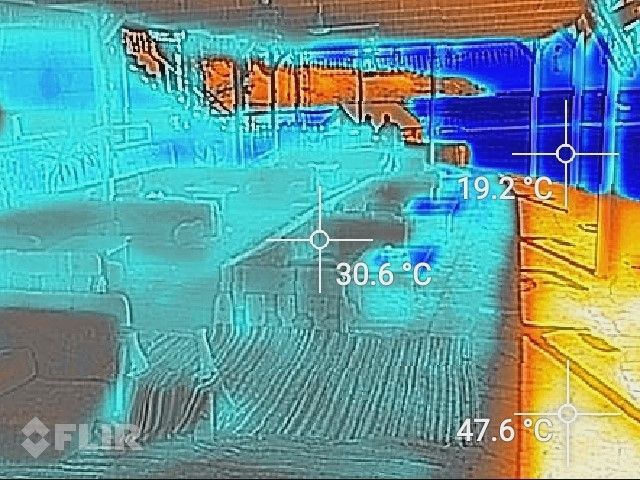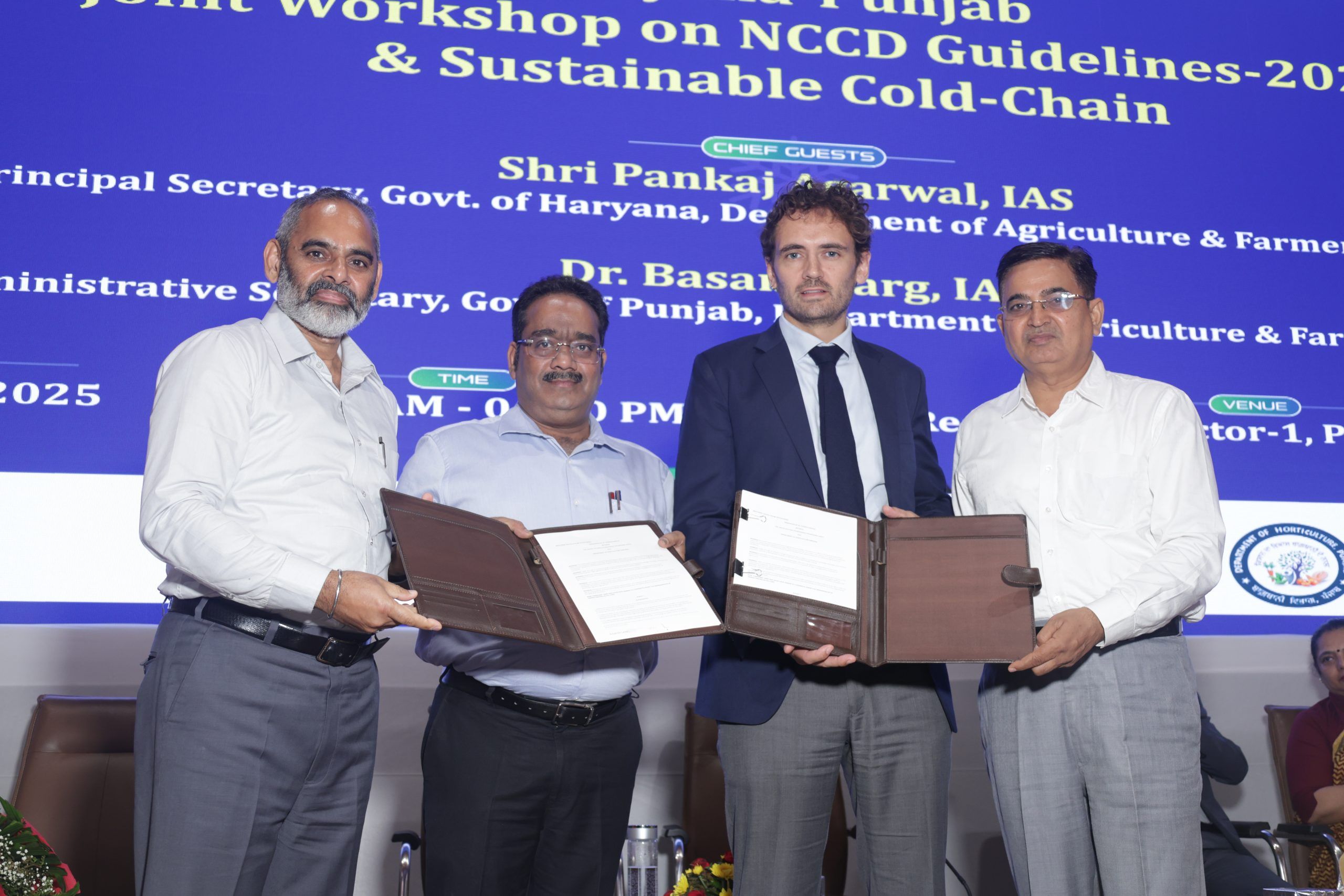A blog post by Eric Laurentius Peterson, PhD, Visiting Research Fellow (Bioclimatic Design) at the University of Leeds, Professional Engineer (Mechanical and Environmental Engineering), ASHRAE Member TC4.2 Climatic Information and TC2.8 Building Environmental Impacts and Sustainability.
The 27th United Nations Climate Change Conference (COP27) will be convened at Sharm el-Sheikh, Egypt this November to complete unfinished work of COP26, Glasgow. Hopefully they will respond to last month’s launch of IPCC Assessment Report 6 Working Group 3 Mitigation of Climate Change (AR6 WG3).
AR6 WG3 Buildings GHG emissions were assessed in terms of Sufficiency, Efficiency, Renewable (SER). Sufficiency measures tackle GHG emissions by limiting the demand for energy and materials over the lifecycle of buildings and appliances (high confidence). The SER hierarchy of mitigation strategies is framed so heating, ventilation and air-conditioning (HVAC) are reserved for situations where passive and low energy alternatives would not suffice, in which case energy efficient equipment and buildings should be promoted. Under SER, the installation of on-site renewable energy generation such as rooftop panels are viewed as the final step – after sufficiency and efficiency measures have been maximised.
AR6 attributed 16% of greenhouse gas emissions to buildings, wherein this includes rising demand for cooling. Buildings’ sectoral share of greenhouse gas pollution may have paused since AR5, but it will rebound unless action is taken to avoid unnecessary lock-in of air-conditioning. So international development policy-makers hope that innovative building designs will deliver a several-fold decrease of energy-intensity while improving indoor conditions. Architectural solutions may provide sufficient relief from heat but not from humidity. Passive designs are most effective providing shelter from rain, wind, and cold – in climates typical of the UK and Europe. But active mechanical building services may be necessary when the combined impact of heat and humidity are unacceptably high under well shaded ventilated shelter. Beware human beings cannot tolerate a wet-bulb temperature over 35°C (95°F) for long. Occupational health is measured in combination of the dry bulb temperature, humidity, and radiation by “wet bulb globe temperature” (WBGT), where rest and refreshments are recommended when this value reaches or exceeds 29.4°C (85°F), whereby a “yellow-flag” warning is issued. Adapted local people could withstand five or even ten days per year without air-conditioning, but it was more stressful years 2014, 2019, and 2020 with 16, 47, and 21 d/y that yellow flag advisories were recorded in Sharm el-Sheikh.

A thermal image (early afternoon 12th April) Illustrates a sufficient alternative to air-conditioning provides shade, while open to views and provided with ceiling fans – designed and managed by Sinai Bedouin people at Sharks Bay Ombi resort in Sharm el-Sheikh – while relief from extreme heat events is available by water sports and showers. On the other hand, it must be stated that guests’ rooms have air conditioning. Searching by placename (doi.org/10.5518/967) recommends “HpAc” HVAC, indicating that there are times of years when direct expansion (DX) air-conditioning as well as reverse -cycle heat pump warmth in winter is a reasonable expectation of building occupants in Sharm el-Sheikh.
WMOstn WBANo HVAC meanPa [avHDD avCDD avChD]
624639 99999 HpAc 100800 [53 1446 710]
low min ave max best [WsD YsD]
18 31 37 42 52 [68 5]
[Icy Hea Hum Pas Vtn EvC DX]
[0 35 1 102 45 74 106]
Latitude longitude elev base stop CC Placename
27.967 34.383 45 1999 2020 EG SHARM EL SHEIKH INT
To explain Sharm el-Sheikh airport daily observations, I have provided you with a “psychrometric” scatter plot below where humidity is aligned on the y-axis while dry-bulb temperature aligned on the x-axis. DX air-conditioning is desirable in Sharm el-Sheikh as indicated by purple asterisk symbols averaging 106 d/y. Black circles average 102 d/y of passive comfort, green triangles average 45 d/y when fan ventilation would suffice, and blue circles average 74 d/y evaporative cooling works. Red triangles scatter indicated 35 d/y when heating would be desirable.

I explains in more detail in Energy and Buildings (doi.org/10.1016/j.enbuild.2022.112088) “Global and local bioclimatic predilections for rebalancing the heating and cooling of buildings”
A temporary free-access a Share Link URL providing 36 days’ free access. Anyone clicking on this link before June 18, 2022 will be taken directly to the final version of your article on ScienceDirect, which they are welcome to read or download. No sign up, registration or fees are required:



